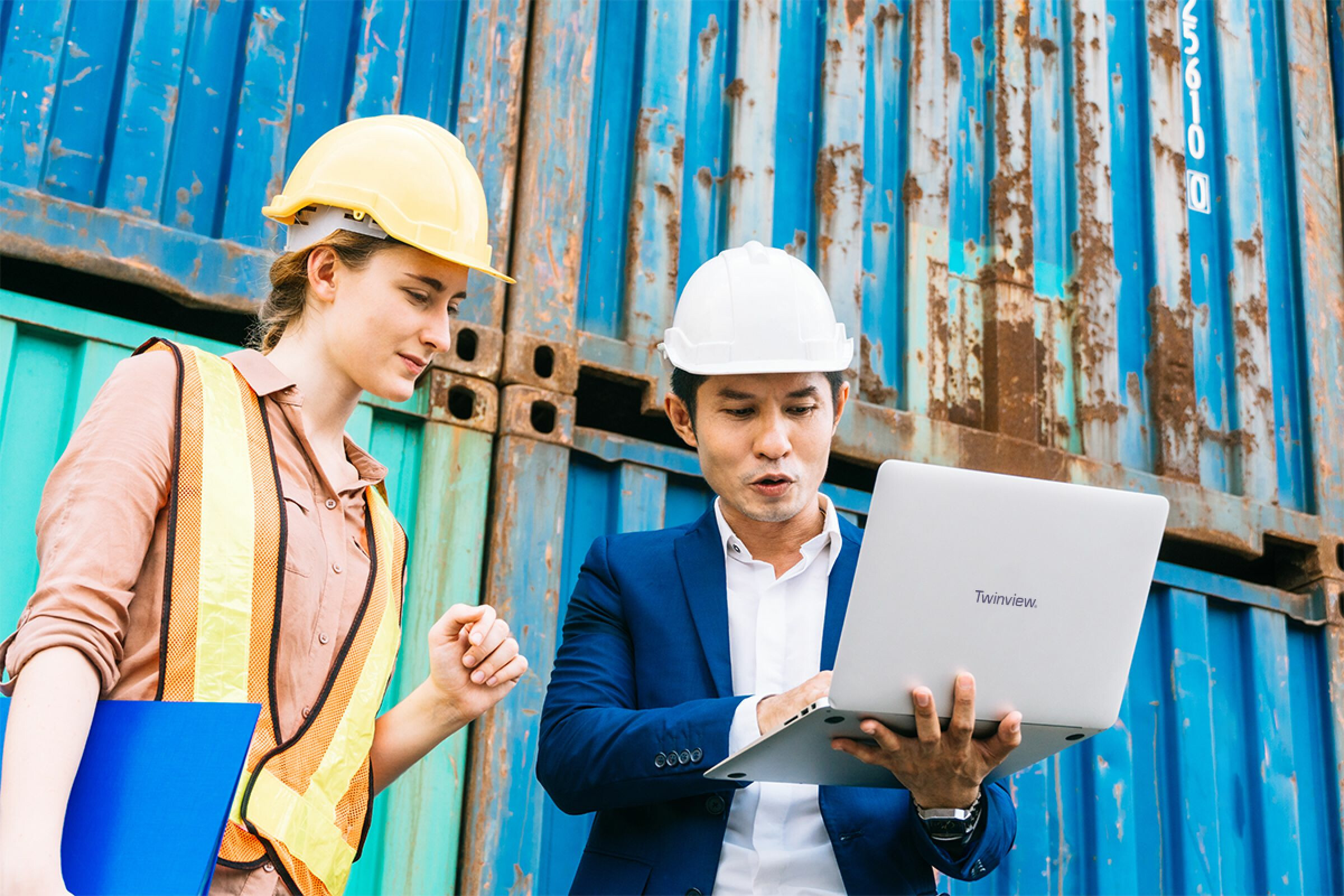14 May 2021 | Industry Insights
Why we need a digital transformation to decarbonise

Why we need a digital transformation to decarbonise
It is vital that our cities and innovations become digitally interconnected for our net-zero carbon aspirations to be realised before 2050.
This was one of the major findings from a World Economic Forum report featuring industry-leading CEO’s Francesco Starace and Jean Pascal-Tricoire. They believe that smart and digital technology can connect urban areas, buildings and operations with the goal of optimising emission and waste management. This also provides governments with the masses of data needed to maximise emission reduction.
According to the pair, one of the key battlegrounds for decarbonising our cities will be our buildings. Accounting for around 40% of global greenhouse gas emissions, our buildings emit vast amounts of carbon dioxide with around 30% coming from operations and the remainder from construction.
Digital Adoption
It is no secret that the built environment is one of the slowest industries at adopting new technologies with research showing that more than two-thirds of FM leaders are resistant to digital advances in the workplace.
A report carried out by digital transformation specialist, Nexer, found that 71% of leaders are cynical about its ability to improve productivity and 79% question its positive impact on customer relationships. In addition to this, employees do not seem keen either with only 21% reacting positively to the implementation of new technology.
The coronavirus pandemic has led to our working practices radically changing. Home working has been a huge success and we most certainly will never return to the office in the form we once knew it. With ample ways of collaborating with colleagues on platforms such as Zoom, the need for office space has been significantly reduced. This has led tenants, landlords and occupiers to be more interested in the way space management is handled and the best way for them to control this is via technology.
Digital Twins
Digital twins such as Twinview have a key role to play if our decarbonisation targets are to be met due to their ability to provide “unthinkable levels” of operational control, asset performance management and insight. By connecting building systems’ data to a 3D model that can be viewed on a single dashboard, Twinview helps to move a building closer to Net Zero.
Unlocking a building’s data helps to make more informed decisions around reducing carbon emissions, and by using these insights, Twinview optimises a building’s performance. IoT and sensors integrate with sophisticated artificial intelligence to determine how spaces are being used and how often as well as identifying any trends surrounding repairs.
Digital twins will have a key role to play if we are to reach net-zero carbon by 2050. As the biggest emitter of greenhouse gases, the built environment burdens more responsibility than most. Taking advantage of such emerging technologies will set us on the path to achieving our goals.
Twinview is a browser-based Digital Twin platform for the property sector connecting building systems’ data to a 3D model viewed on a single dashboard. Twinview becomes your first step to achieving Net Zero with continuous live data, optimising building performance and reducing cost whilst improving user experience and business outcomes.
Move closer to Net Zero with Twinview. Book a demo now by visiting www.twinview.com.
Related insights

Case Studies
Enhancing Healthcare Environments Through Intelligent Space Optimisation: Twinview at Eastbourne District General Hospital
East Sussex Healthcare NHS Trust is enhancing the way space is managed at Eastbourne District General Hospital with Twinview’s digital twin technology. By enabling real-time visibility of room occupancy and usage across clinical and office areas, Twinview provides a clear picture of how spaces perform throughout the day. Hospital teams can move from assumption-based planning to data-driven decision-making, improving scheduling, reducing downtime and making more flexible use of rooms. This smarter approach supports greater operational efficiency and helps ensure that every space is working to benefit both patients and staff.
Read more

Industry Insights
Data Centres: The Hidden Cost of the Cloud
As the cloud expands, so does its unseen demand for water. Data centres worldwide are consuming vast volumes to keep servers cool, creating growing environmental and reputational risks. This article explores how water is becoming the next frontier in data-centre sustainability, and how Twinview’s digital-twin technology is helping operators measure, manage and reduce their impact.
Read more

Industry Insights
Can Digital Twins Help Us Design Buildings That Bring People Together?
Loneliness is increasingly recognised as a public health issue, and the built environment has a role to play in addressing it. A well-designed building can meet every technical standard yet still leave people feeling isolated. Homes, workplaces, campuses and later-living communities often fall short not because they lack function, but because they lack connection. Architects and planners are beginning to ask a deeper question: how can buildings help people feel less alone? This isn’t about surveillance. It’s about feedback, helping designers and operators refine buildings after handover to better support wellbeing and social interaction. Technology won’t solve loneliness on its own, but used responsibly, digital twins like Twinview can guide the creation of buildings that feel more human.
Read more

